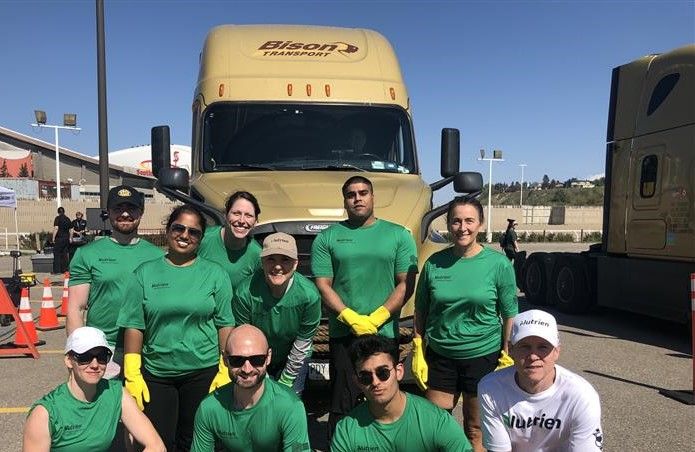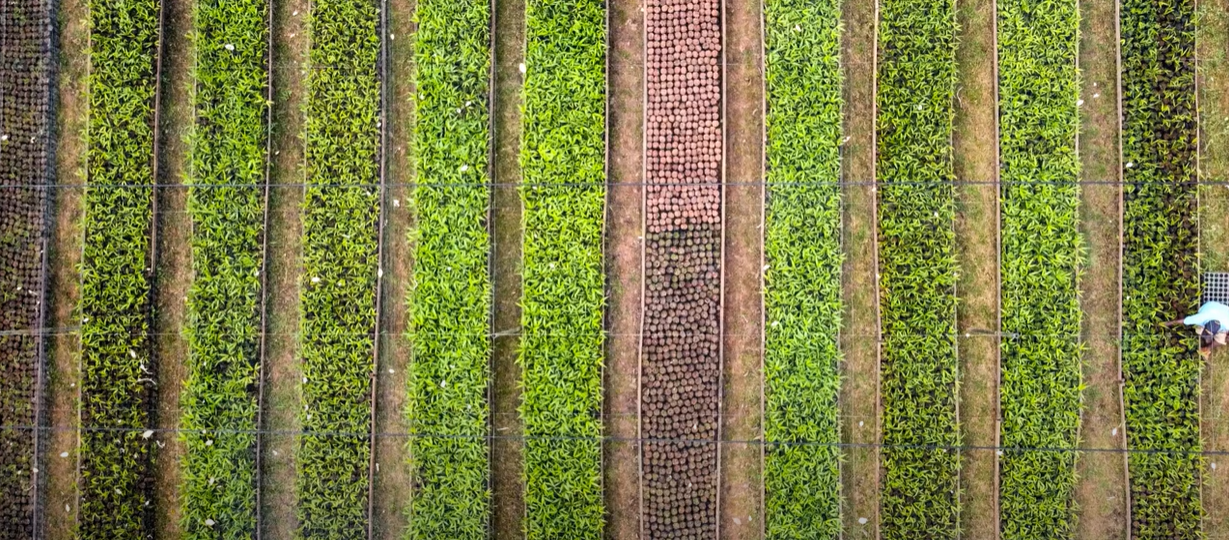
Improving safety and productivity through 4G LTE underground connectivity
In the past, making the 1,000-meter descent deep underground and into our potash mines was like going backward in time.
When the cage doors for the elevator opened, you entered a dusty, red world that still used outdated analog phone systems and relied on Wi-Fi hot spots scattered throughout the hundreds of kilometers of sprawling tunnels.
Getting information on potential hazards, equipment conditions, maintenance needs, or mine operational status to the control room was difficult and time consuming. Critical information would be phoned up, but most of the information was shared using a paper logbook and involved taking a piece of paper back to surface and leaving it with a clerk who typed in the data. The process could take hours considering we have some of the largest potash mines in the world.
With reliable communication between workers in the mine and the control room essential for safety and when it comes to making critical operations decisions, we were looking for cost-effective ways to improve connectivity and communications in the mine.
So, we partnered with Ambra Solutions, a telecommunication network consulting firm with experience in the mining industry. After evaluating our communication requirements and tunnel conditions, Ambra proposed a private 4G LTE wireless network leveraging Ericsson radio technology.
One of the main challenges of using wireless signals in the mine is the geology of what we mine: a combination of potash, salt, and other materials. It’s difficult to optimize wireless technologies in such a mixed geology surroundings. Combined with our limited access to power in areas of our mines and solving this problem required Nutrien and Ambra to come together with the right hardware provider.
This is where the Ericsson radio technology Ambra recommended proved to be the right choice. We knew Ericsson provided carrier-grade equipment in our public LTE sector and that the technology is built to operate reliably in very harsh conditions. Another great thing about Ericsson equipment is the ability to build redundancy into the infrastructure, so we have the resiliency to maintain communication even if there is a component failure somewhere in the network.
With the 4G LTE network now in place at Rocanville and in the process of being built at our other mining sites, underground workers will have readily available communication throughout the mine and with the control room. People in the mine can open a manual or standard operating procedure for a piece of equipment on their smartphones. If a problem arises with the equipment, someone can simply take a smartphone picture and send it instantly to maintenance rather than getting in a vehicle and driving for up to a half-hour to report the issue. We were also able to eliminate the need for paper logbooks and use tablets to digitally transmit important information from the mine to the control room in seconds instead of hours.
Because tracking is especially important for safety, to know where everybody is in the event of an emergency, we are now exploring how to use the wireless network with location information to track more accurately and reliably the movement of vehicles, equipment, tools, and other assets throughout the mines, making us both safer and more efficient. And we’re able to use new mobile voice apps, like push-to-talk, so communication with supervisors or the control room is instantaneous from anywhere in the mine, again saving hours getting to the nearest phone.
With the 4G LTE network, we’re able to achieve two things: With safety our No. 1 priority, we can provide a safer working environment for our people. We can also help Nutrien improve mine efficiency and production. As the world’s largest producer of fertilizers, we play a key role in food system security, and every time we make an operational improvement, we’re better positioned to feed the future and help farmers grow food more productively and efficiently on the limited amount of arable land remaining on the planet.
Related stories
Explore more about Nutrien

Sudeepta Mohapatra loves the thrill of the chase
In my role I track the global agricultural fundamentals that help in predicting short to long-term trends driving the future direction of the global agriculture industry. I also develop and update various economic models. These models are used to estimate and predict crop input expenditure in our [...]
Read more
Nutrien Releases 2023 Global Community Impact Report
Nutrien’s Community Relations & Investment (CRI) supports our business purpose by nurturing communities through collaborations with community partners who share our values and help us to make a positive and lasting impact in the communities where we operate. “While we share CRI data and stories [...]
Read more
Using DNA analysis to make more resilient crops
Did you know that Nutrien has a Genotyping lab? It’s located in our Canola breeding facility in Saskatoon, Saskatchewan. Employees like Li Tan, Lead, Molecular Biology, work in the lab to analyze DNA for specific genes within plants.
Read more